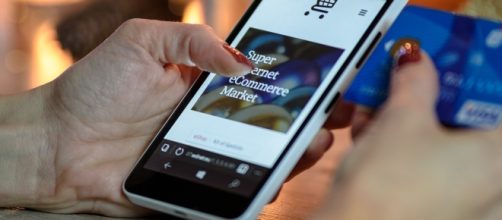Despite the incredulous numbers of smartphones being sold around the world on a daily basis, the methods to protect the phones have hardly taken any giant leaps forward. A team of researchers from Israel may have just created the perfect verification method to ensure that you are in control over your phone's usage at all points.
Tracking your touches
This ingenious new method relies on tracking your touch patterns in order to understand exactly how you go about using your phone across various applications and features. Researchers from Ben-Gurion University (BGU) studied 20 smartphone users over a period of two weeks and tried to develop a new verification method that relies on tracking exactly where you touch your phone's screen and which portions of specific fingers you predominantly use while operating various apps.
After studying the data, the team realized that they can successfully identify a different user in under 14 seconds. This is because the algorithm created requires 35 touches to verify the identity of the user, and most users take an average of 13.8 seconds to execute 35 touches while operating their phone.
A ready market
The development of this technology is more relevant than ever today because over 3.1 million phones are stolen each year in America itself. Creating a new form of verification that doesn't rely on passwords (the most common verification process smartphones) is extremely important because hackers are able to penetrate this basic form of security without breaking a sweat. It has been reported that over 70% of information is permanently lost when a person loses their phones, and that is a terrifying reality considering how much vital information each of us stores on our phones regularly.
Ben Kimon, a member of this research team believes that they have created a brand new security process that is hard to crack or replicate using current methods, which is why the application of this measure will be of utmost importance to all smartphone users. The team is yet to figure out how exactly they intend on commercializing this process so that it swifty becomes available around the world. The only question remains is how companies will deal with this emerging technology in this highly competitive environment.

